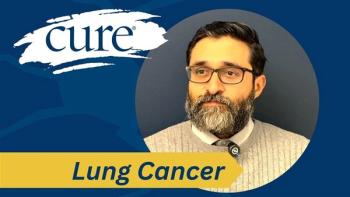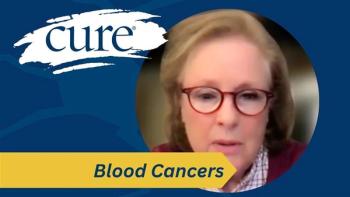
‘Tempo’ of MDS Helps With Timing for Stem Cell Transplants
For patients with MDS, close monitoring by doctors may help determine the appropriate timing to undergo stem cell transplants before the disease worsens.
During the treatment process for patients with myelodysplastic syndromes (MDS), the time in which patients receive stem cell transplants matters, an expert told CURE® at the Society of Hematologic Oncology Annual Meeting.
However, many patients will have already met with an MDS specialist who has consistently monitored their disease over time, said Dr. Sergio A. Giralt.
Giralt is a professor of medicine at Weill Cornell Medical College and attending physician in the Adult Bone Marrow Transplant Service at Memorial Sloan Kettering Cancer Center, both in New York.
READ MORE:
Throughout the treatment process, Giralt noted that patients and their doctors begin to understand the “tempo of the disease” after months or years with MDS. By doing so, the team is able to determine whether there are progressive cytopenias (consistently low blood cell counts, including red blood cells, white blood cells and platelets).
He emphasized that certain potential progressive abnormalities in the body may lead to higher-risk MDS.
“Before that happens, one should intervene because this is the time when the patient’s going to be youngest and their disease is going to the be the weakest,” Giralt explained.
Regarding transplant eligibility in patients with MDS, he emphasized that patients’ fitness may weigh more than their age. Before deciding on whether transplants are an option, patients take some assessments — including a physical examination — to help doctors determine eligibility.
Transcript:
Well, for many patients, they've already established care with an MDS specialist and a transplant specialist who've monitored these patients for many months or years, and the tempo of the disease, one can see whether there is progressive cytopenias or progressive acquisition of other molecular abnormalities, or increase of high-risk molecular abnormalities, or development of cytogenetic abnormalities that suggest that this disease is going to evolve rapidly into a more higher risk [disease], and that before that happens, one should intervene because this is the time when the patient's going to be youngest and their disease is going to be the weakest.
More important than age is a patient's fitness, and this is determined by a comprehensive geriatric assessment and a full physical exam and assessment by the transplant center physician.
For more news on cancer updates, research and education, don’t forget to





